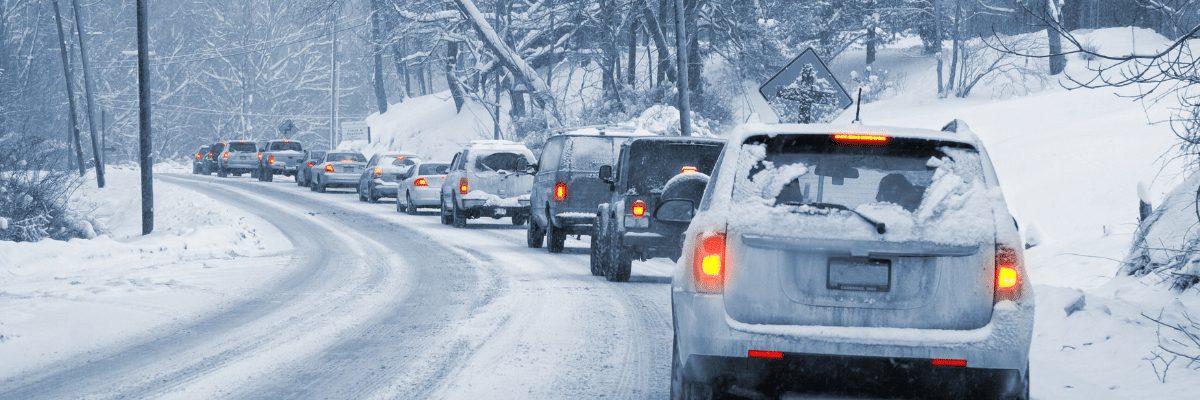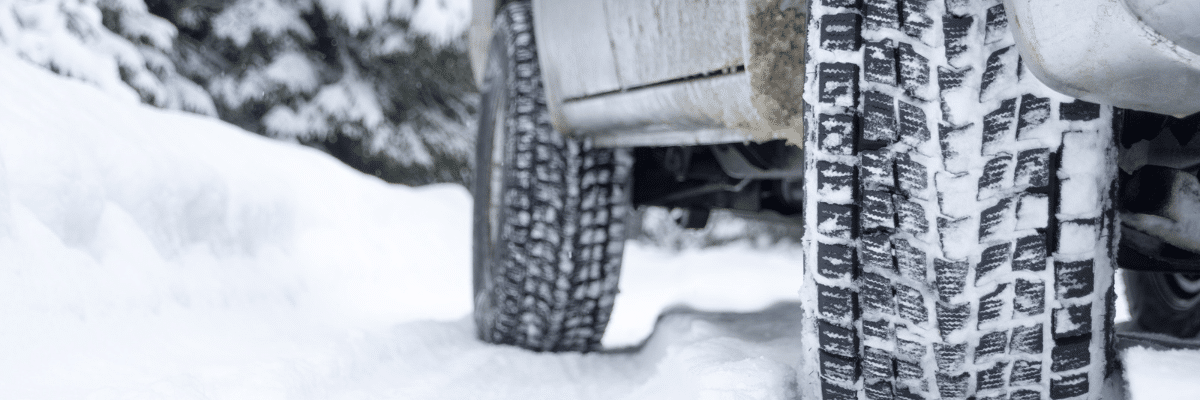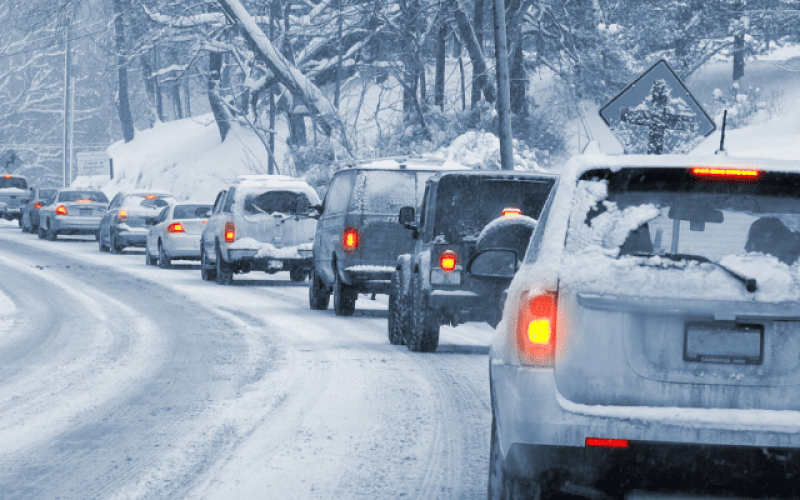The new year is here, and 2023 promises to be as snowy and cold as ever here in Edmonton. So while you’re making goals and looking ahead to 2023, we’re here to remind you to keep your winter tires as safe as you would keep an ultra-motivating new year’s resolution in January!
We know that those iconic (or notorious) Alberta winters are long, so while it feels like the snow and cold have already been here a while, the winter is far from over. Do you know if your winter tires are ready to carry you through another season without incident?
In this post, we’re talking about the importance of winter tires and how you know whether or not they’re getting the job done – or if you need to seek tire repair for the Edmonton winter.

Why You Need Winter Tires
It almost goes without saying, but not all tires are alike! Legally, there are key differences that make a tire a winter one. Certified winter tires will provide the best performance for snow, ice, and cold conditions. While Alberta doesn’t make it mandatory for winter tires as some other provinces do, you can quickly tell when someone is driving without them!
Tire rubber naturally stiffens when it gets colder. Winter tires maintain this elasticity upwards to -30°C, which we know happens more often than we like to admit here in Edmonton.
Winter tires are more flexible and are able to maintain a better grip on snowy roads. The deeper treads and siping (those very tiny slits in the tire) also give better traction, which allows you to go up hills, stop, and drive in deep snow without issue.
You’ll notice that the siping looks very different on winter tires. These are actually specifically designed to push snow outwards and avoid build-up.
While you can have all-weather tires instead of winter tires, winter tires are the best option for traction and control in an Alberta winter.
Identifying Winter Tires
First, it’s essential to identify whether or not you are actually working with winter tires on your vehicle. There are a few classifications to be aware of.
- Winter tires are distinguishable by an illustration of a mountain with a snowflake on them. They are best used in winter and swapped out for summer tires.
- All-weather tires will also have a mountain with a snowflake on them. They can be used year-round but are less high performing than winter tires – and will wear faster with year-round driving.
- All-season tires have an M+S symbol on them. These are good for year-round but are better suited for milder winters (so not Alberta!).

How to Tell if Your Winter Tires Are Still Good
The performance of your winter tires relies heavily on how much tread is left. If you’ve been using your tires for a few seasons, you can easily check the tread to see if they’re still good.
Effective winter tires should have a minimum of 4 mm of tread. You can measure using a ruler, but a tire tread gauge works best. Check the tread on both sides and the middle of the tire.
Also, be sure to check the tire pressure. Tires may need to fill up after sitting over the summer.
If you’re ever unsure, bring your winter tires to a tire repair shop in Edmonton and they can tell you if your winter tires are still good or not.
How Bruce Stewart Can Help
If you still need to switch over your winter tires, now is the time to do so! You can switch to your winter tires as soon as the weather begins to cool down.
It’s essential to have a full set of four winter tires. If one or all tires need replacing, we can help you get good tires for your needs, whether all-weather or winter ones.
You can also bring your vehicle to us for tire repairs to prepare for Edmonton winters. We can see if your winter tires need a quick and easy repair before they head out on the road again.

Connect With Bruce Stewart Automotive!
We’re on social media! Follow us on Instagram and Facebook to stay up to date with what’s going on in our shop, promotions, and general car care tips!
Contact us with questions, comments, or to ask for availability using our convenient online tool here or call us at (780) 465-2783.














